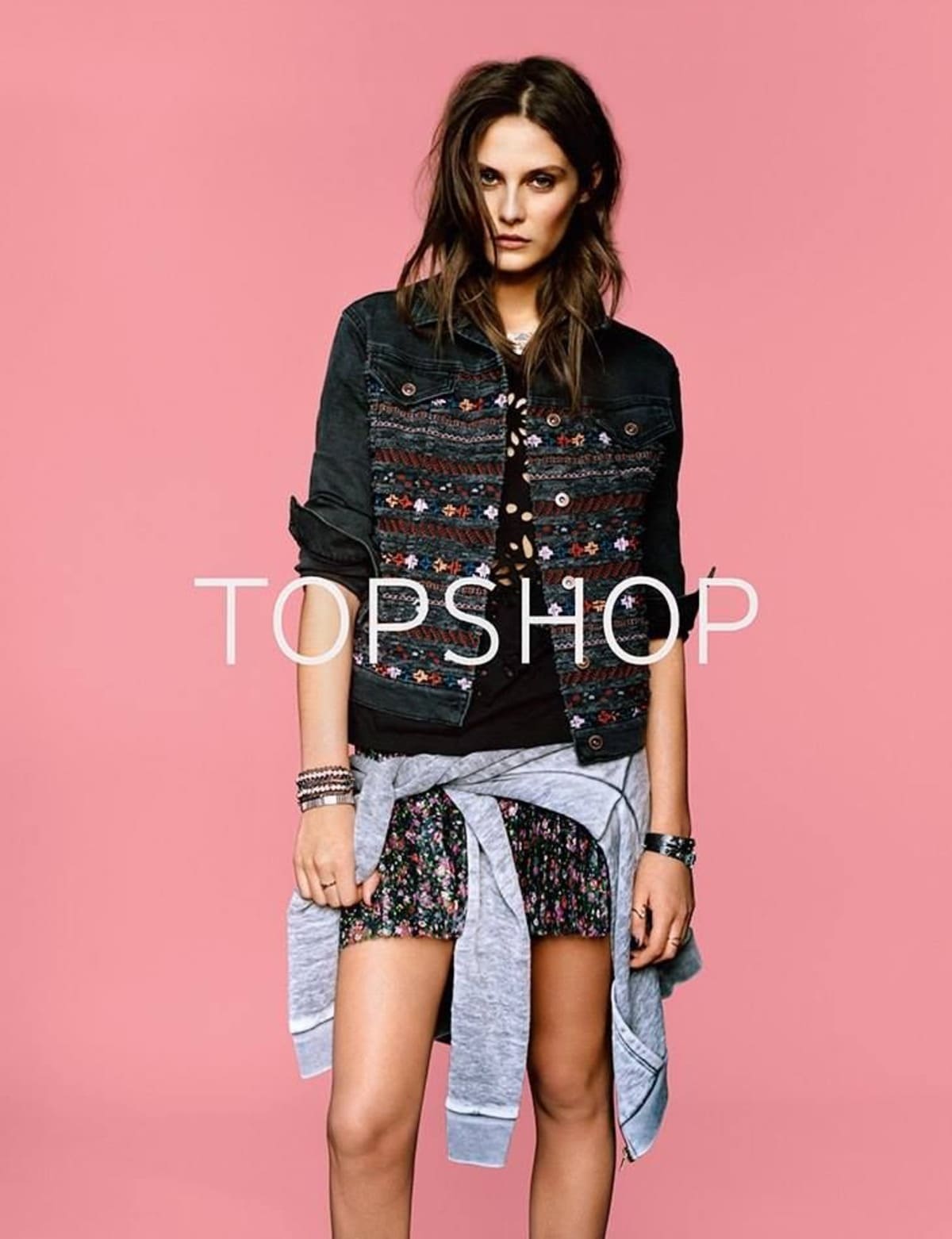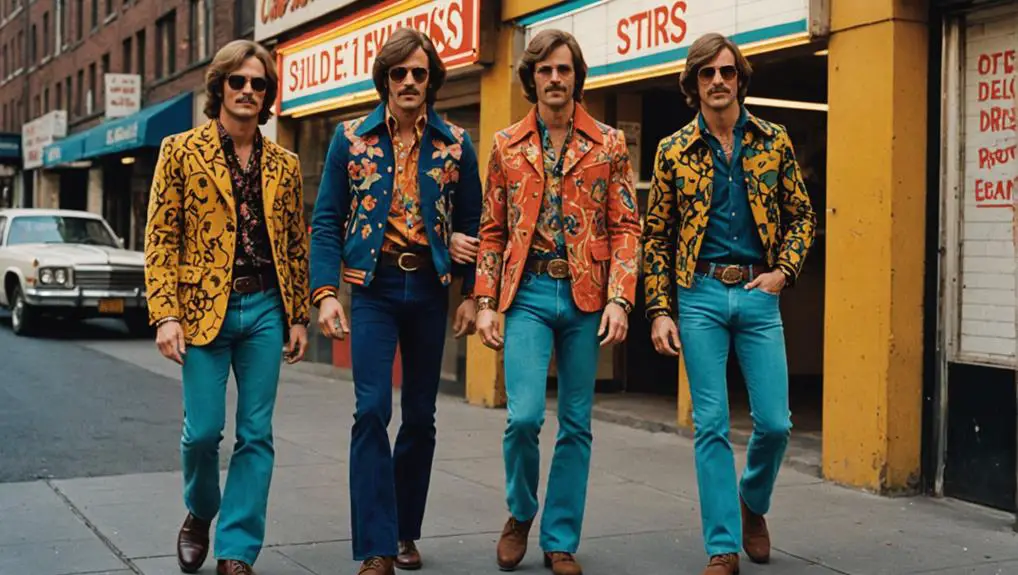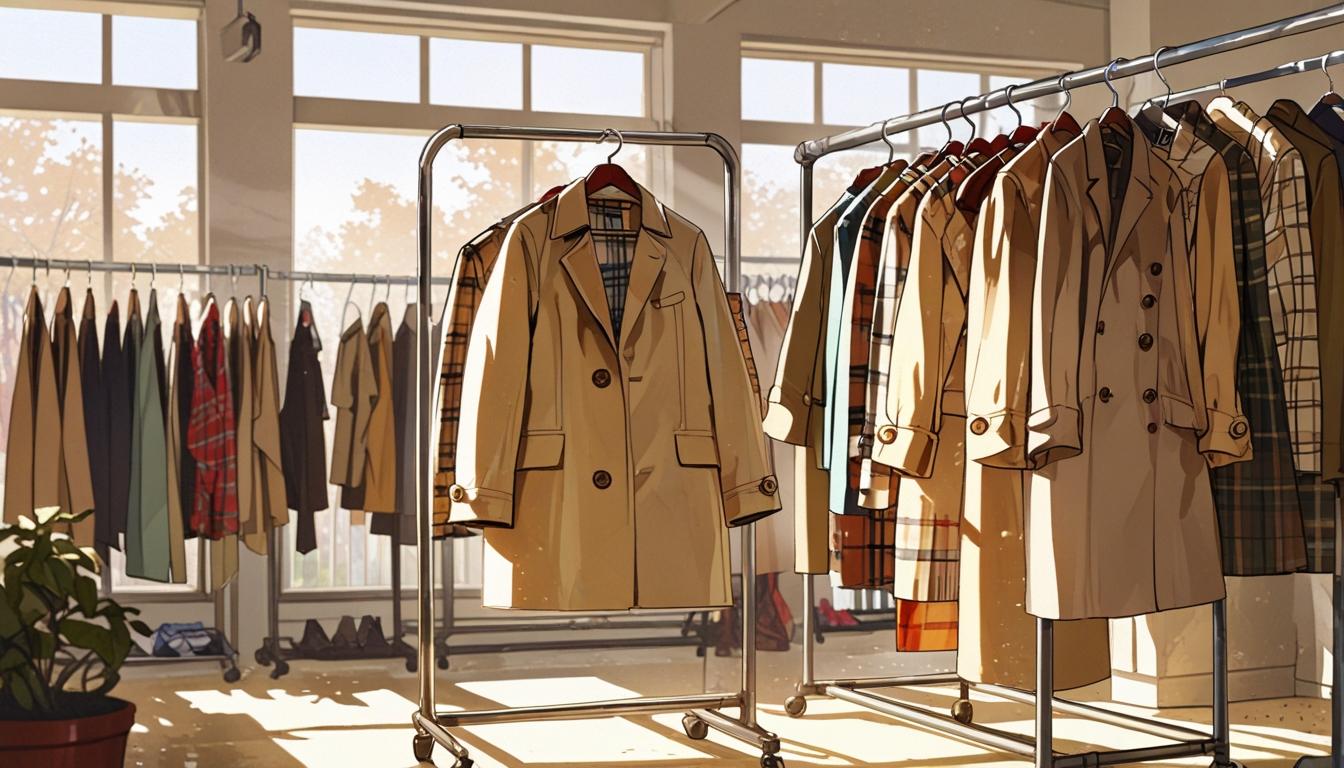Topshop, originally known as Top Shop, is a prominent British fashion brand that has been at the forefront of affordable, trendy women’s clothing since its inception. Initially part of the Arcadia Group and under the control of Sir Philip Green, Topshop made headlines when it went into administration in late 2020. This financial turbulence led to its acquisition by ASOS on February 1, 2021. Today, Topshop’s legacy continues through ASOS’s online platforms and in Nordstrom stores across the United States. This transition marks a new chapter for a brand that has consistently adapted to the evolving fashion landscape while maintaining its core appeal.
The origins of Topshop date back to the 1960s when it started as an extension of the department store Peter Robinson, focusing on fashion by young British designers such as Mary Quant and Stirling Cooper. Founded in 1964 within the Sheffield branch of Peter Robinson, Topshop quickly established itself as a high-fashion destination for the “young and different generation.” By the early 1970s, it had become a separate retail chain, distinguishing itself with a clear target audience of 13 to 24-year-olds, and expanding rapidly with standalone branches that solidified its presence in the fashion industry.
Throughout the decades, Topshop has experienced significant transformations, both in its physical presence and its branding. The 1980s and 1990s saw the brand struggling but eventually undergoing a revival that positioned it as a pioneer in online fashion. Under the leadership of Jane Shepherdson, Topshop not only boosted its profitability but also became a key player in London Fashion Week, supporting emerging designers through initiatives like Newgen. The brand’s collaborations with high-profile designers and celebrities, including Kate Moss and Beyoncé, further cemented its status as a fashion icon. Despite its financial challenges and changes in ownership, Topshop’s influence in the fashion world remains undeniable, continuing to inspire with its blend of affordability and trendsetting style.
Rare 70s Topshop TV Commercial
How to tell if Topshop is vintage from the logo
Topshop has undergone several logo changes since its inception, reflecting the brand’s evolving identity and market positioning. Recognizing the different eras of Topshop’s logos can help determine if an item is vintage. Here’s a detailed look at the evolution of Topshop’s logos over the years.
1964 to 1996 Topshop logo
- The first Topshop logo featured a bold, stacked design with “TOP” above “SHOP.
- This logo had a playful and bold aesthetic, with thick, rounded letters.
- It was indicative of the vibrant and youthful image that Topshop aimed to project during its early years.

1964 to 1996 Topshop logo
1996 Topshop logo
- The 1996 logo saw a slight modernization while maintaining the stacked “TOP” and “SHOP” format.
- It introduced a sleeker and more polished look, reflecting a more contemporary style.
- This logo was used briefly, representing a transitional phase for the brand.
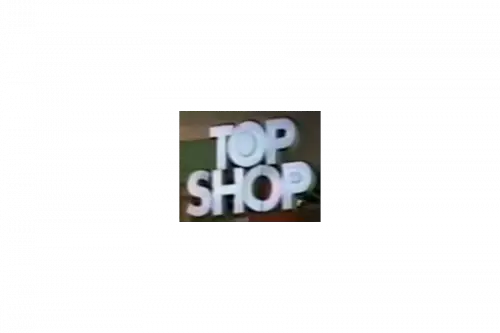
1996 Topshop logo
1997 to 2005 Topshop logo
- The 1997 logo continued the evolution towards a more modern and streamlined appearance.
- The letters were spaced out more evenly, giving a cleaner and more sophisticated look.
- This era marked Topshop’s efforts to appeal to a broader, more fashion-conscious audience.

1997 to 2005 Topshop logo
2005 to 2018 Topshop logo
- In 2005, Topshop introduced a new logo with a minimalist and elegant design.
- The font was thinner, and the letters were evenly spaced, emphasizing simplicity and modernity.
- This logo coincided with Topshop’s expansion into international markets and collaborations with high-profile designers.
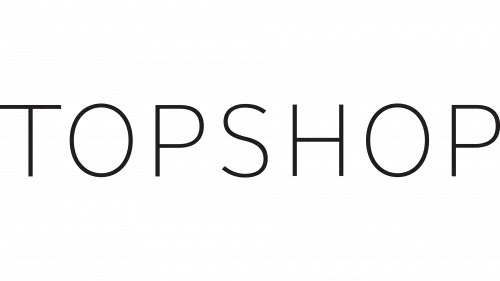
2005 to 2018 Topshop logo
2018 to now Topshop logo
- The current logo, introduced in 2018, retains the minimalist aesthetic but with subtle refinements.
- The font is slightly altered for a more refined and contemporary look.
- This logo reflects Topshop’s ongoing efforts to remain relevant and stylish in a competitive fashion market.
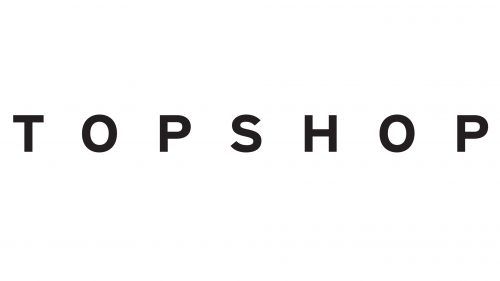
2018 to now Topshop logo
How to tell if Topshop is vintage from the tags
Topshop, a British fashion brand known for its trendy and affordable clothing, has seen significant evolution in its branding and tag designs over the decades. These changes in tags can help identify the era of a particular Topshop garment. Here’s how to identify Topshop clothing by its tags from different eras.
Need help with vintage tags or labels? Submit a picture on our vintage tag identification page, and we’ll take care of it!
1980s vintage Topshop tags
- Simple rectangular tags with bold, serif lettering.
- Includes the Topshop name in a straightforward, classic font.
- Size indicators are often present and may include U.K., U.S., and European sizes.

1980s Topshop tags
1990s vintage Topshop tags
- Tags often feature a minimalist design with the Topshop name in a clean, modern font.
- Colors are typically muted, with a focus on readability and simplicity.
- Tags sometimes include additional information like “Made in the U.K.” or garment care instructions.

1990s Topshop tags
2000s vintage Topshop tags
- Introduction of more colorful and varied designs, reflecting the brand’s evolving fashion sense.
- Tags may include bold graphic elements alongside the Topshop name.
- Size information is prominently displayed, often in a separate section of the tag.
- Some tags feature the tagline “Made in the U.K.” or specify other manufacturing locations.

2000s Topshop tags
2010s vintage Topshop tags
- Modernized tag designs with a variety of colors and materials.
- Tags often feature the Topshop name in a sleek, sans-serif font.
- Size indicators and manufacturing details remain consistent, with tags sometimes including specific product lines or style names.
- Tags may also reflect the global nature of production, indicating countries like Turkey or India.

2010s Topshop tags
